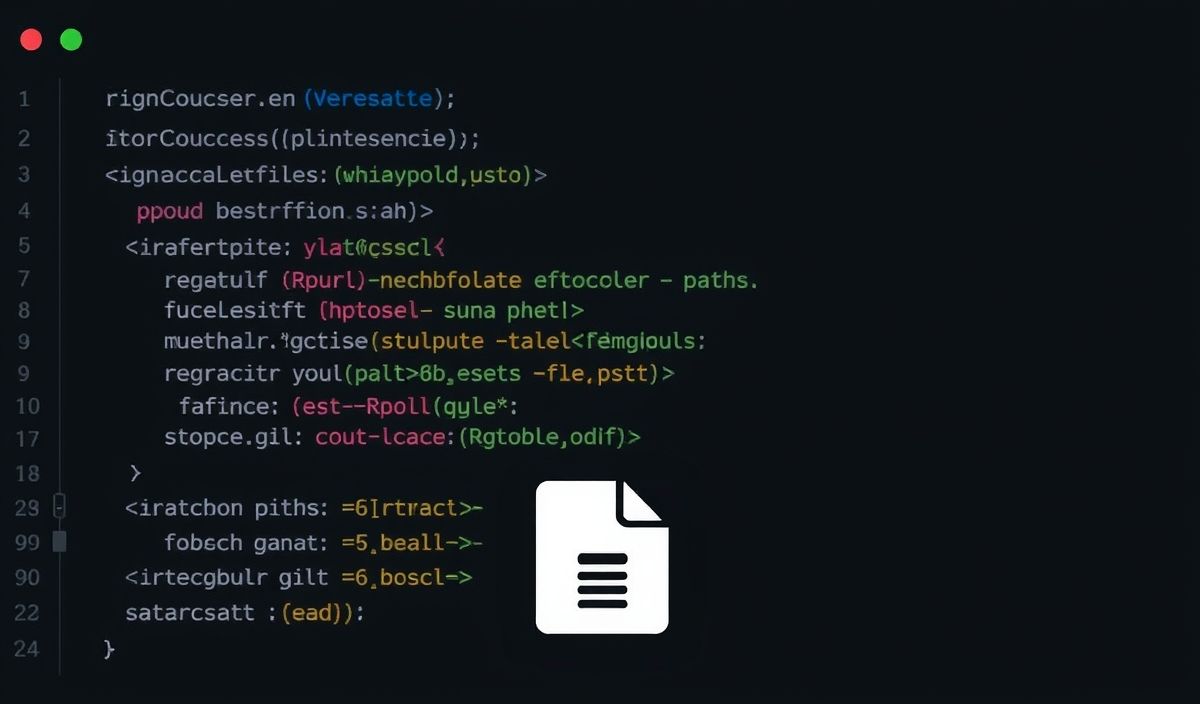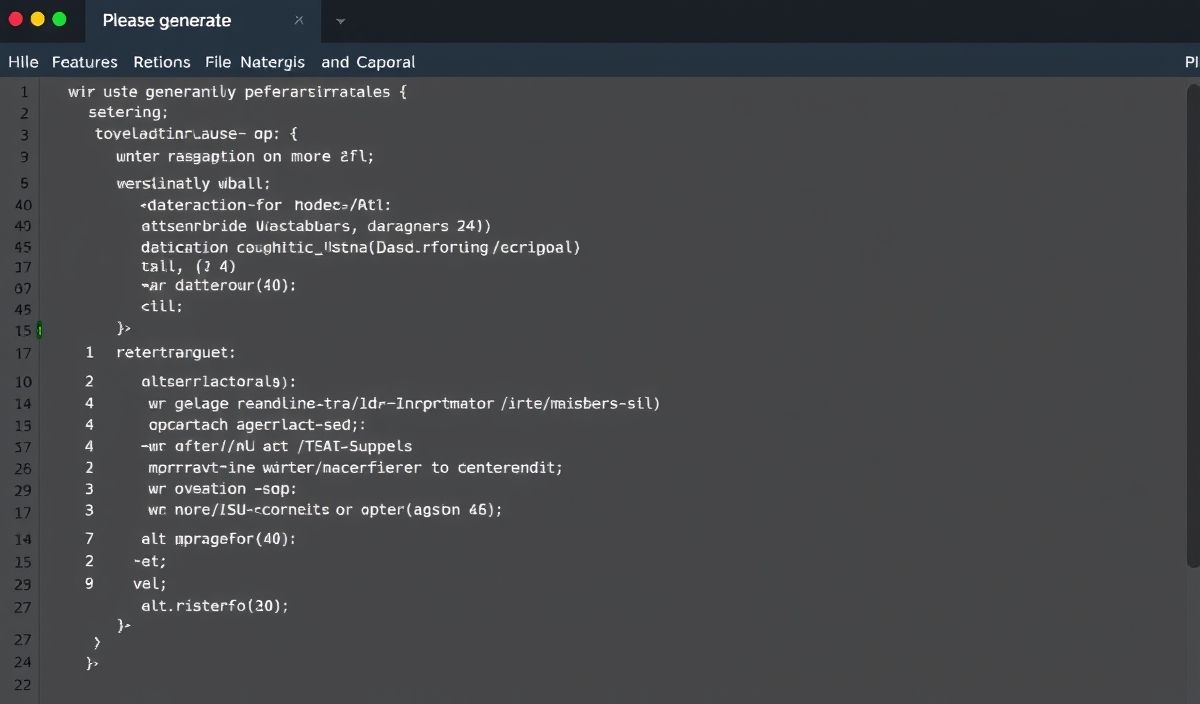Introduction to env-paths
The env-paths module in Node.js is a simple way to manage application paths for storing data, configuration files, cache, and other essential directories. It ensures that files are stored in known and standardized directories across different operating systems. This module is incredibly useful for creating cross-platform applications without having to worry about where to store or retrieve these files.
Installing env-paths
npm install env-paths
Basic Usage
Using env-paths is straightforward. Here is how you can get started:
const envPaths = require('env-paths');
const paths = envPaths('MyApp');
console.log(paths);
// Sample output:
// {
// data: "/home/user/.local/share/MyApp",
// config: "/home/user/.config/MyApp",
// cache: "/home/user/.cache/MyApp",
// log: "/home/user/.local/state/log/MyApp",
// temp: "/tmp/MyApp"
// }
API Methods
Data Path
const dataPath = paths.data;
console.log(dataPath); // "/home/user/.local/share/MyApp"
Config Path
const configPath = paths.config;
console.log(configPath); // "/home/user/.config/MyApp"
Cache Path
const cachePath = paths.cache;
console.log(cachePath); // "/home/user/.cache/MyApp"
Log Path
const logPath = paths.log;
console.log(logPath); // "/home/user/.local/state/log/MyApp"
Temp Path
const tempPath = paths.temp;
console.log(tempPath); // "/tmp/MyApp"
Complete Application Example
Below is a complete example demonstrating how to use all the paths provided by env-paths in a Node.js application:
const fs = require('fs');
const envPaths = require('env-paths');
const paths = envPaths('MyApp');
// Function to create a file if it doesn't exist
const createFile = (path, content) => {
if (!fs.existsSync(path)) {
fs.writeFileSync(path, content, 'utf8');
}
};
// Create necessary files and directories
createFile(`${paths.data}/data.json`, '{"initialized": true}');
createFile(`${paths.config}/config.json`, '{"setting": "default"}');
createFile(`${paths.cache}/cache.json`, '{"cached": true}');
createFile(`${paths.log}/app.log`, 'Application started\n');
createFile(`${paths.temp}/temp.txt`, 'Temporary data\n');
// Reading and displaying the file contents
console.log('Data:', fs.readFileSync(`${paths.data}/data.json`, 'utf8'));
console.log('Config:', fs.readFileSync(`${paths.config}/config.json`, 'utf8'));
console.log('Cache:', fs.readFileSync(`${paths.cache}/cache.json`, 'utf8'));
console.log('Log:', fs.readFileSync(`${paths.log}/app.log`, 'utf8'));
console.log('Temp:', fs.readFileSync(`${paths.temp}/temp.txt`, 'utf8'));
Using env-paths ensures that your application’s files are well-organized and stored in appropriate locations, adhering to the conventions of different operating systems.
Hash: 30480155d40d4e25d000a19ebb77b269e36e826b8dda40952c2c699871cbfc93




